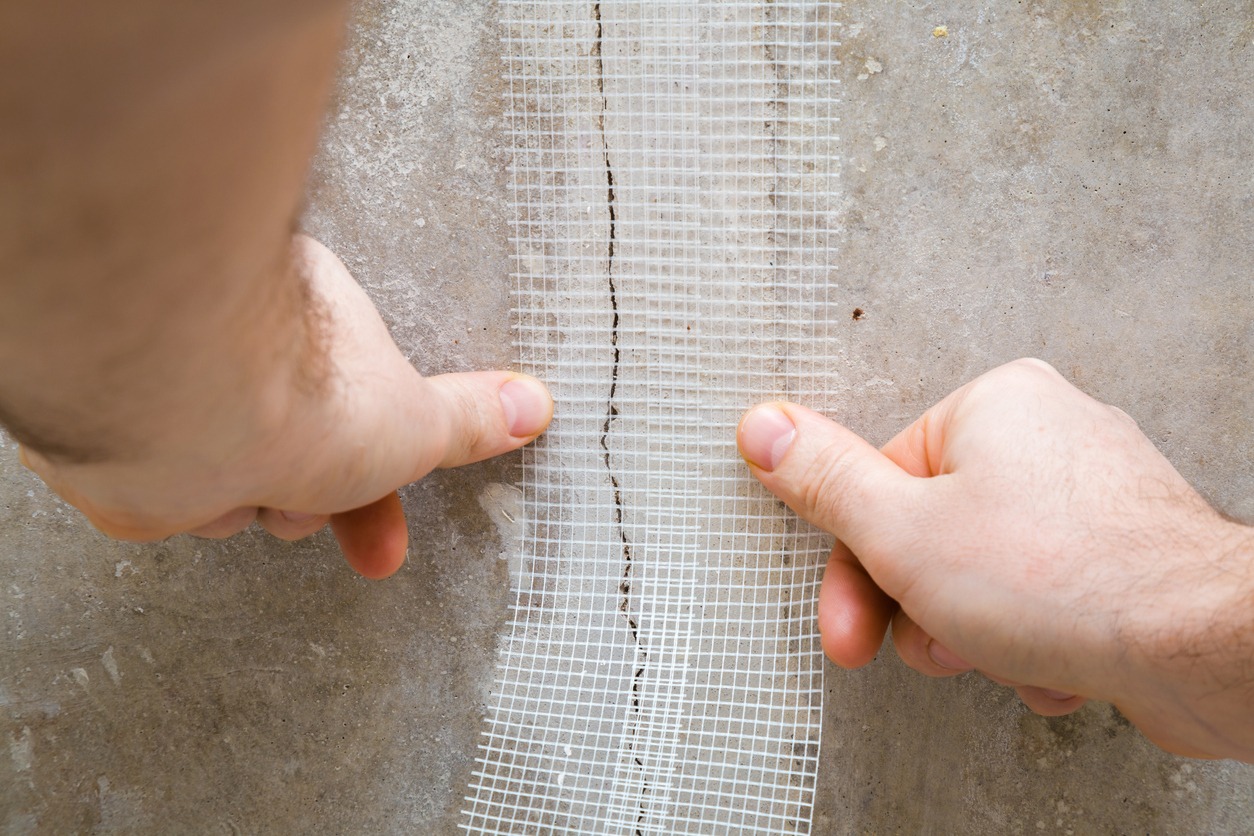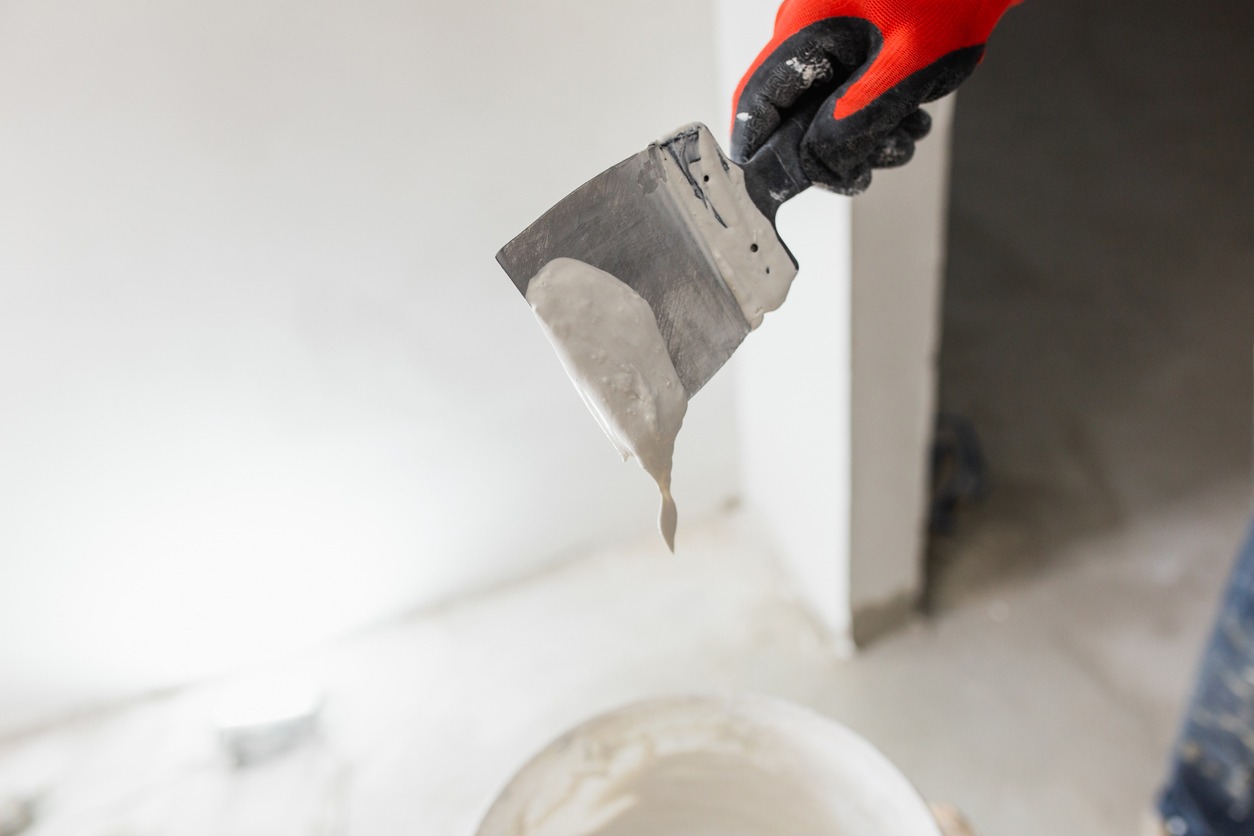Mistakes when house painting in Concord can ruin a perfectly good project, even slight ones can be bothersome. Some of the steps that we even take for granted or ignore can have a direct impact on our painting job.
Here are some of the common painting mistakes that every DIY-er should avoid:
1. Not prepping the surface
Most DIY-ers often skip this step, probably because they’re too eager to take on the painting part. As long as the surface looks clean, they think that it is ready to be painted.
Even if the surface does look spotless when viewed at a distance, it is still important to clean it, whether it is the exterior or interior surface. A dirty surface is a no-no when house painting because it can affect how well the paint adheres.
Although it doesn’t look like it, interior walls have gathered tiny particles of dust and dirt, as well as other things such as cobwebs. Just clean the interior walls with a damp cloth, rag, or sponge.
Exterior surfaces need a lot more cleaning as they are more susceptible to weather elements in addition to dust and dirt. If you live in a moist area, for instance, your house most likely has mold or mildew, which you can remove by a water-and-bleach solution.
People may also prefer to use a power washer on the surfaces to be painted. If they don’t have a power washer on their own, they can rent it.
After washing, make sure that the surface is completely dry before you can proceed to the next step, such as fixing any flaws (like cracks and holes), caulking, priming (if necessary) and then painting.
2. Not sampling the paint colors

If the first paint color you’ve chosen turns out to be a decorative disaster, you will go out of your way to buy another gallon of paint of a different color. You don’t have to commit a costly mistake if you sample the paint colors first.
Using paint color chips or swatches is not usually a good idea because they don’t give you a good preview of the color once it’s painted on the surface. The better way is to buy samples of paints and applying them in an inconspicuous area. Study it at different times of day to see how the color changes when it’s hit by the light. This is where you will be able to decide whether that color looks great all day long if it’s going to be painted on the walls for a long time.
3. Buying and using cheap paints
If you think that buying cheap paints will give you a bang for your buck, think again. Cheap paints are typically insufficient to protect the surface from dust, dirt, sunlight, and moisture, and they quickly fade over time. Plus, they generally don’t provide good coverage, which leads you to apply more coatings and you may end up buying more paint than you should.
High-quality paints don’t come off as cheap but are otherwise well worth your money. These paints require fewer coats, and their durability offers the walls a much-needed layer of protection.
4. Not having the proper tools or using poor quality tools

Even if you have the quality paints if you don’t have the right tools your painting job could still end up a mess. Make a list of the tools that you really need — brushes, rollers, paint trays, buckets, caulk, scrapers, painter’s tape, drop cloths and lots more — and make sure that you haven’t forgotten anything.
When shopping for tools, always buy the best quality ones you can afford. Since the job may also require re-touching and re-painting, you’d rather use tools that are of good quality as they’re known to be more durable even after several uses.
Always keep in mind that a good quality house painting in Concord will be realized if you use quality materials and deliver a quality job. So the next time you paint, remember these mistakes so that you won’t botch this big home project!

